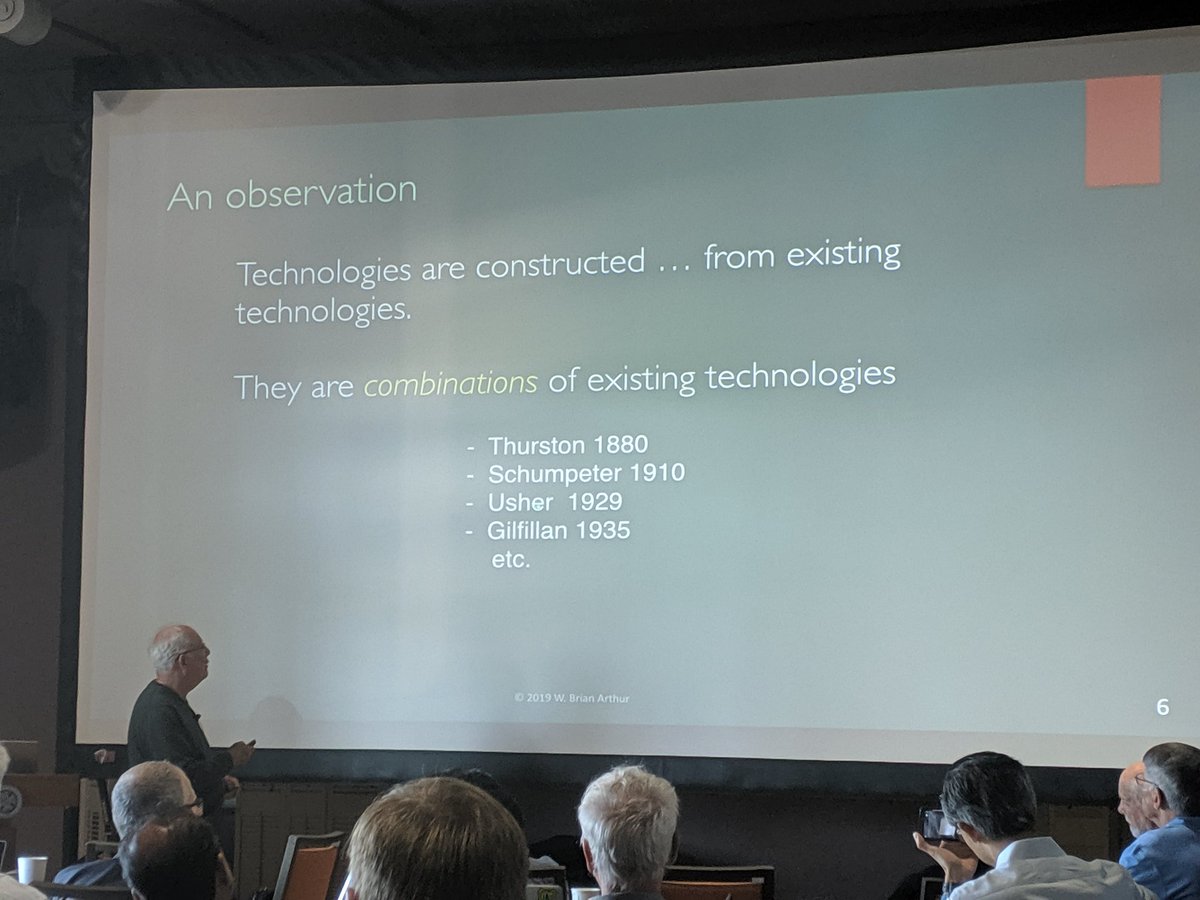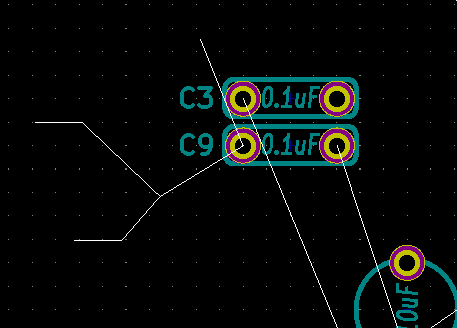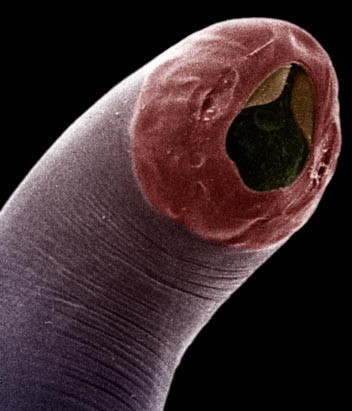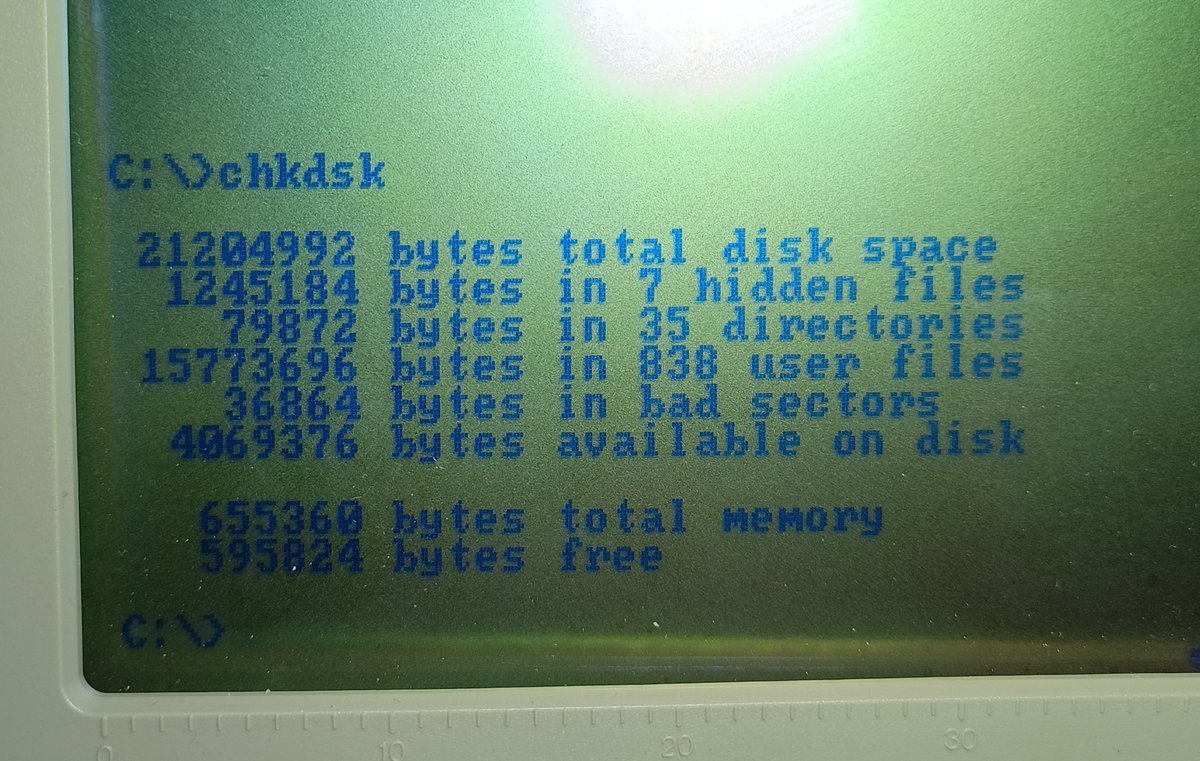The trunk and branches rep the tools & methodologies (Usul al- Fiqh/foundations of Fiqh & Maqasid/Objectives) used by scholars to derive the fruits (fatwas/rulings)
The halal polemics has begun … yet again!
Race and religious bigots will spin to trigger tension
Important to stick to the back of basics of Shari’ah (Islamic jurisprudence) & Research ethics
The relationship between Shari’ah and Fiqh is represented by a tree and its parts.
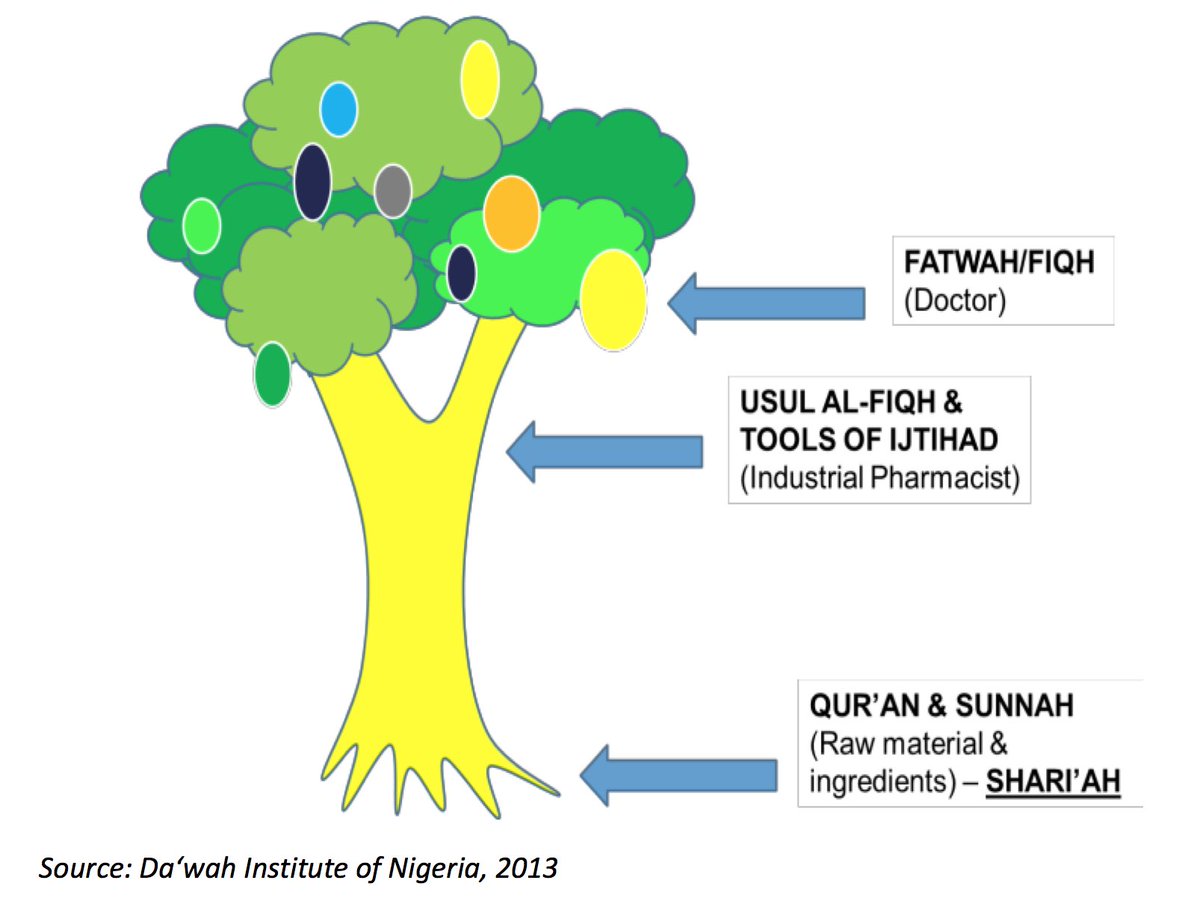
The trunk and branches rep the tools & methodologies (Usul al- Fiqh/foundations of Fiqh & Maqasid/Objectives) used by scholars to derive the fruits (fatwas/rulings)
The methodology & tools are how pharmacists process the raw ingredients into a medicine
The resulting medicine is dispensed by doctors.
It warrants an alternative prescription.
The relevance of a fatwa would dep on its quality, the societal context & its ability to effectively achieve Maqasid Shari’ah-bringing benefit (maslahah) or removing harm (mafsada).
Global-70 Million cases & 1.6 million deaths
M’sia-78K cases & 396 deaths
A #COVID19 vaccine is one of the solutions to end the pandemic apart from masking, distancing and hygiene
In the absence of clear textual evidence to the contrary everything is permissible
Permissibility (Halal) does not require textual evidence
To say any intervention is not allowed (Haram) requires textual evidence
The burden of proof that a medicine/vaccine/custom (mu’amalat) is impermissible falls on those who repudiate it, not on those who affirm it

It was attended by > 100 Muslim religious scholars and medical experts.

Transformation (istihalah) is the conversion of a substance into another which is different in characteristics.
It changes substances that are judicially impure or are found in an impure environment into pure substances
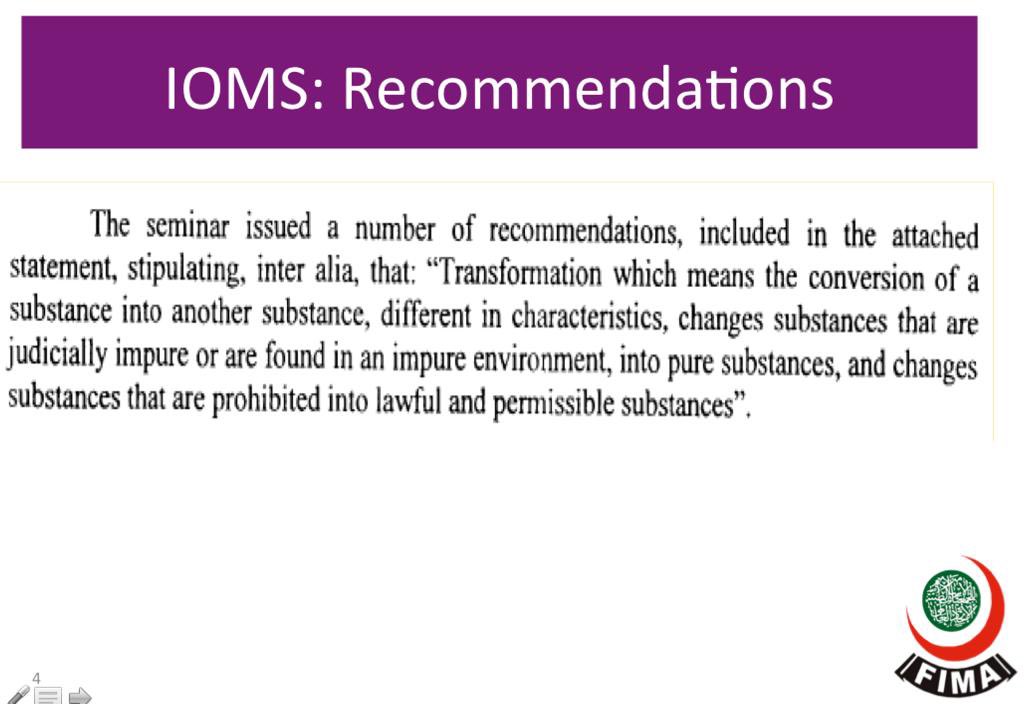
It changes substances that are prohibited into lawful and permitted substances
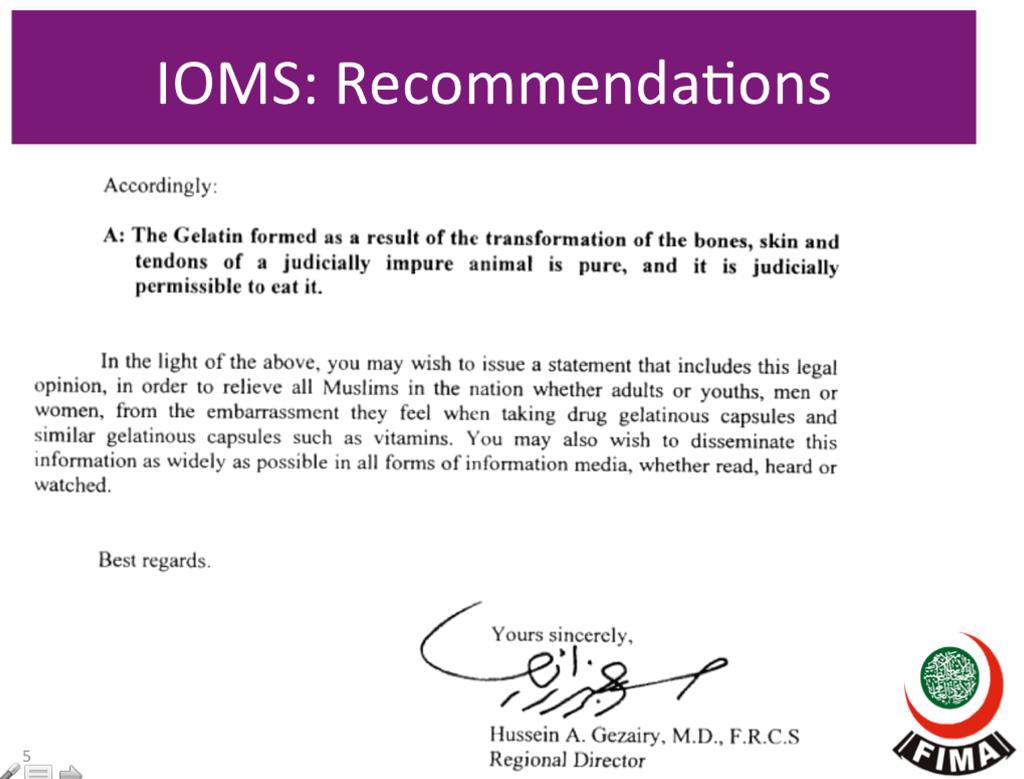
e.g. Gelatine in medicines, capsules, vaccines etc
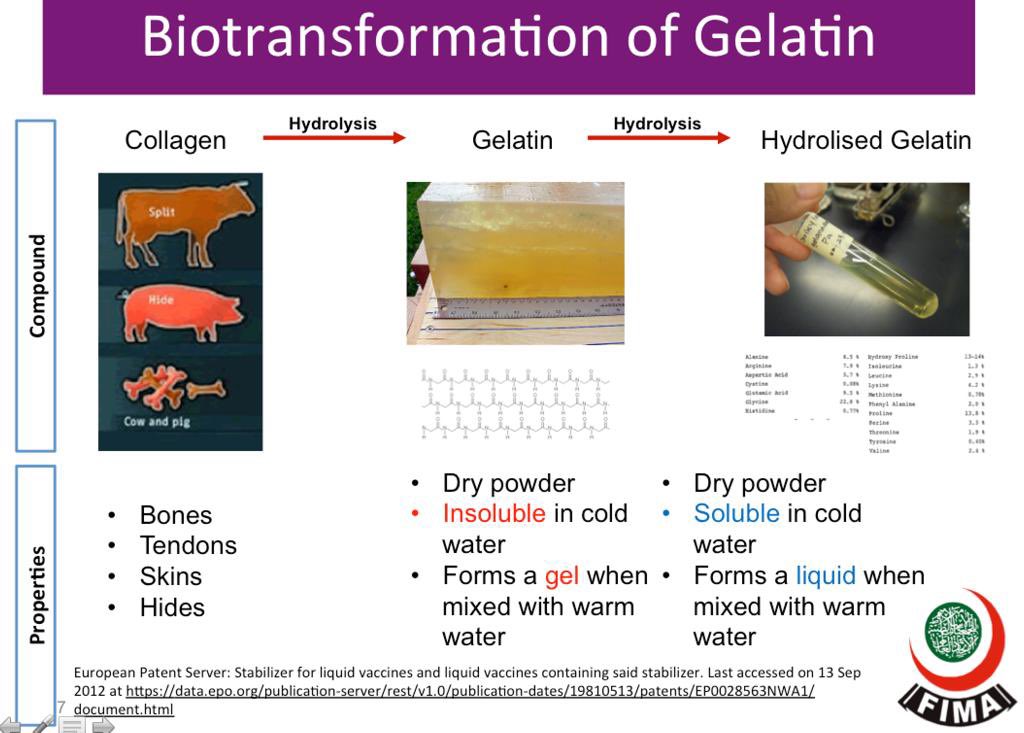
Gelatine is hydrolysed (transformed) into a mixture of amino acids which is not specie specific.

More from Science
JUST ONE PERSON—UK 🇬🇧 scientists think one immunocompromised person who cleared virus slowly & only partially wiped out an infection, leaving behind genetically-hardier viruses that rebound & learn how to survive better. That’s likely how #B117 started. 🧵 https://t.co/bMMjM8Hiuz
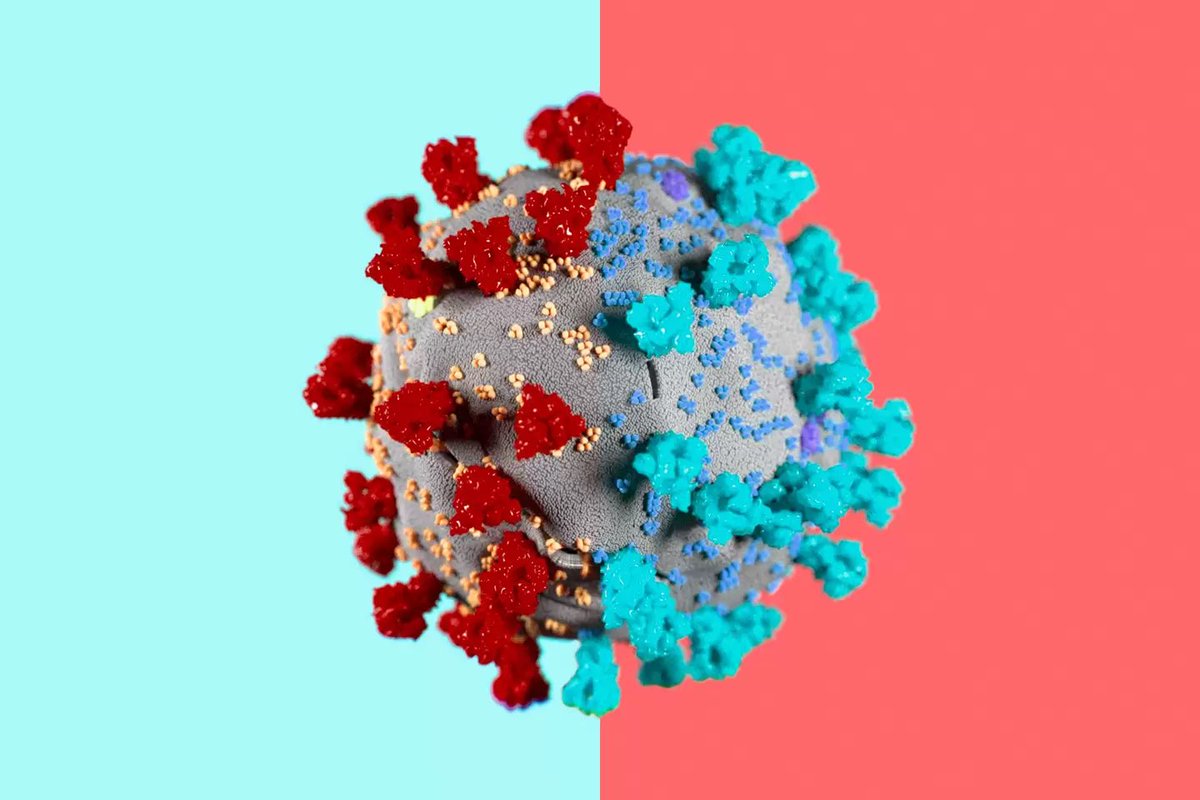
2) The leading hypothesis is that the new variant evolved within just one person, chronically infected with the virus for so long it was able to evolve into a new, more infectious form.
same thing happened in Boston in another immunocompromised person that was sick for 155 days.
3) What happened in Boston with one 45 year old man who was highly infectious for 155 days straight before he died... is exactly what scientists think happened in Kent, England that gave rise to #B117.
4) Doctors were shocked to find virus has evolved many different forms inside of this one immunocompromised man. 20 new mutations in one virus, akin to the #B117. This is possibly how #B1351 in South Africa 🇿🇦 and #P1 in Brazil 🇧🇷 also evolved.
5) “On its own, the appearance of a new variant in genomic databases doesn’t tell us much. “That’s just one genome amongst thousands every week. It wouldn’t necessarily stick out,” says Oliver Pybus, a professor of evolution and infectious disease at Oxford.

2) The leading hypothesis is that the new variant evolved within just one person, chronically infected with the virus for so long it was able to evolve into a new, more infectious form.
same thing happened in Boston in another immunocompromised person that was sick for 155 days.
3) What happened in Boston with one 45 year old man who was highly infectious for 155 days straight before he died... is exactly what scientists think happened in Kent, England that gave rise to #B117.
Immunocompromised 45 year old suffered from #COVID19 for 155 days before he died. The virus was changing very quickly inside the man's body\u2014it acquired a big cluster of >20 mutations\u2014resembled the same ones seen in #B117 & #B1351. (NPR audio Part 1 of 2)\U0001f9f5https://t.co/7kWiBZ1xGk pic.twitter.com/ZJ7AExB78Y
— Eric Feigl-Ding (@DrEricDing) February 8, 2021
4) Doctors were shocked to find virus has evolved many different forms inside of this one immunocompromised man. 20 new mutations in one virus, akin to the #B117. This is possibly how #B1351 in South Africa 🇿🇦 and #P1 in Brazil 🇧🇷 also evolved.
2) NPR report audio part 2 of 2:
— Eric Feigl-Ding (@DrEricDing) February 8, 2021
Dr. Li couldn't believe what they found. "I was shocked," he says. "When I saw the virus sequences, I knew that we were dealing with something completely different and potentially very important." pic.twitter.com/HT3Yt6djFd
5) “On its own, the appearance of a new variant in genomic databases doesn’t tell us much. “That’s just one genome amongst thousands every week. It wouldn’t necessarily stick out,” says Oliver Pybus, a professor of evolution and infectious disease at Oxford.



